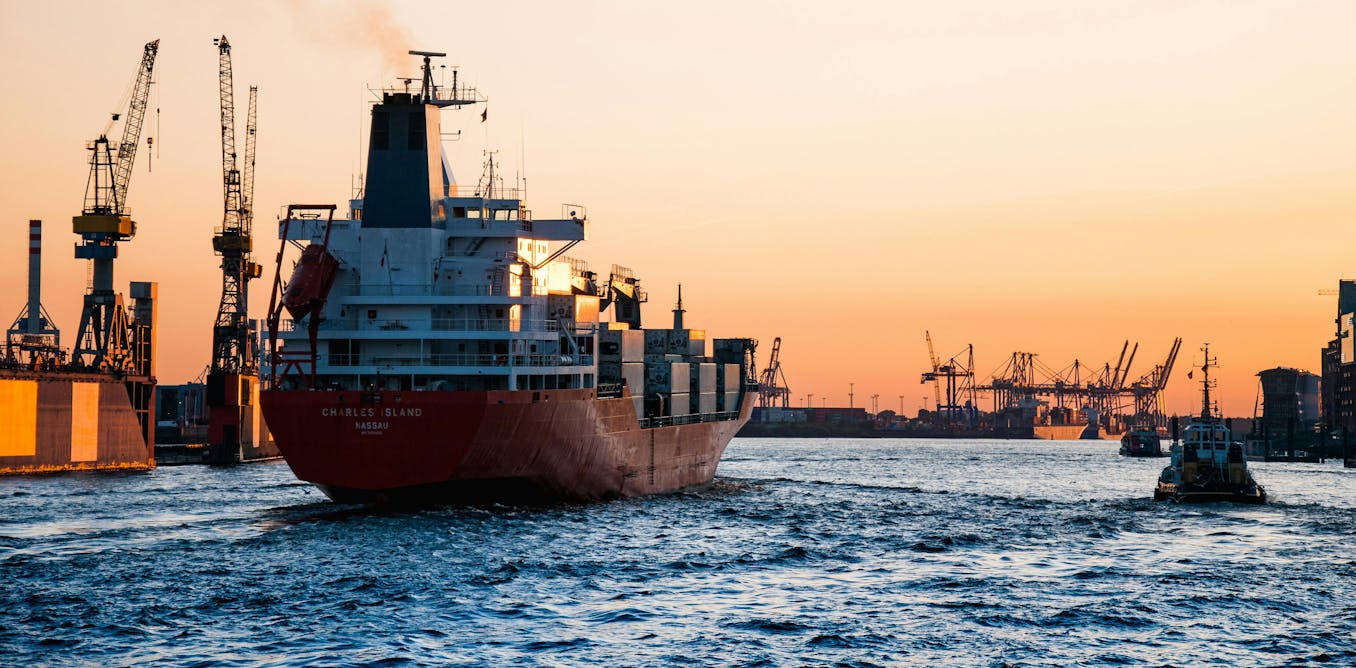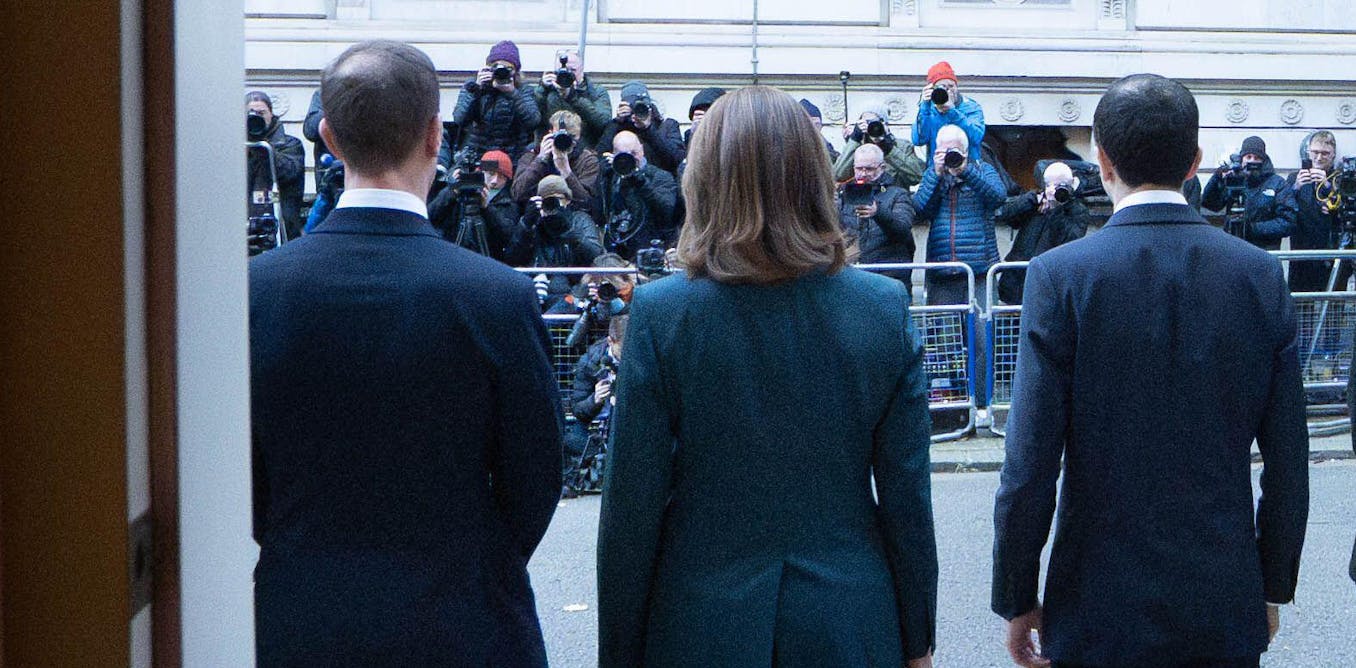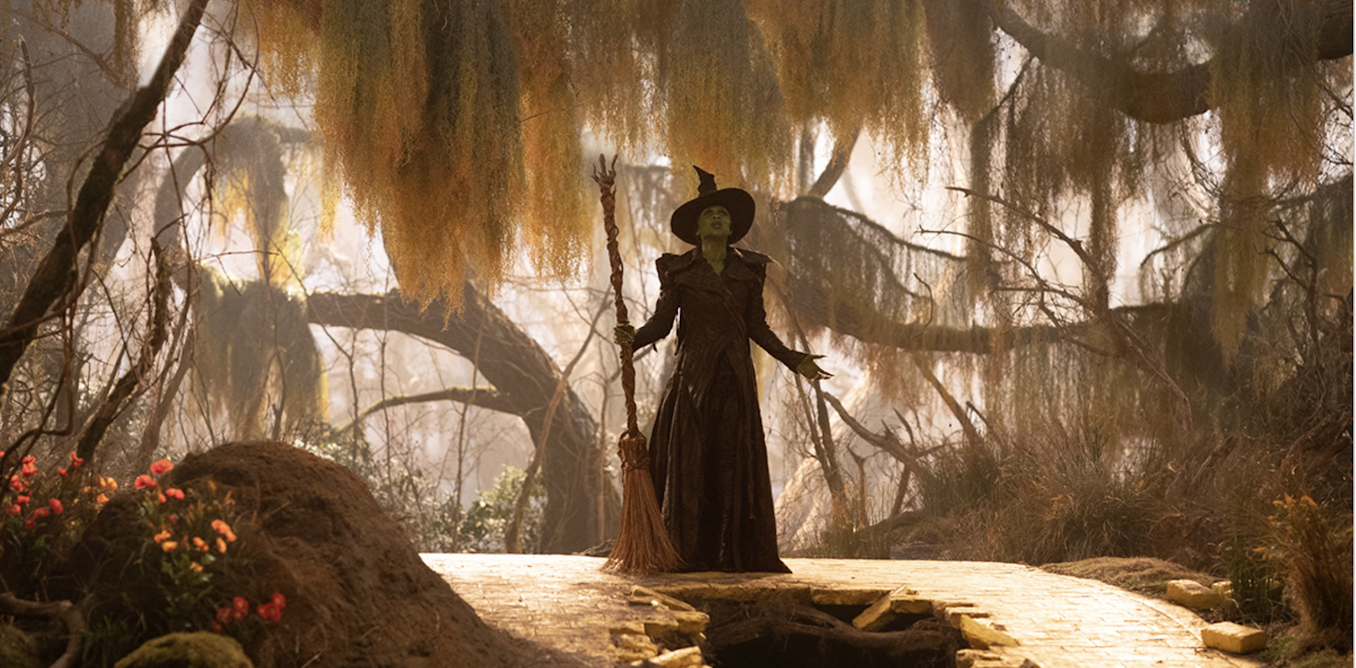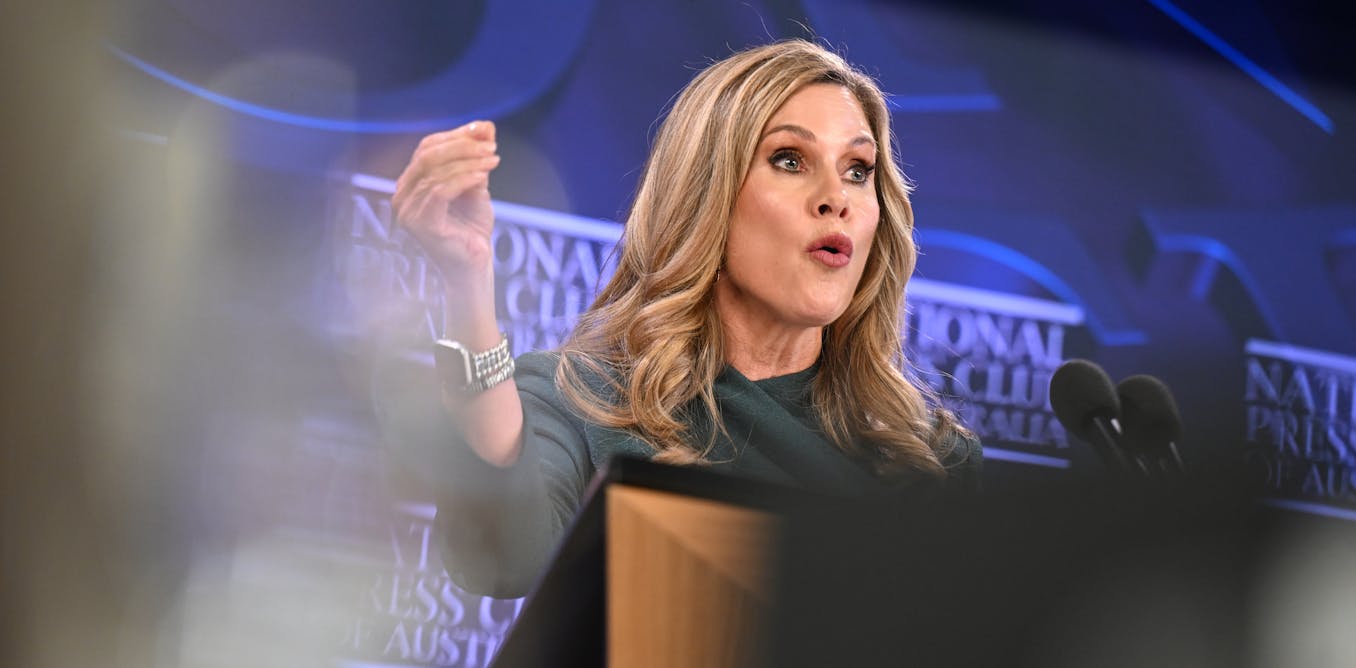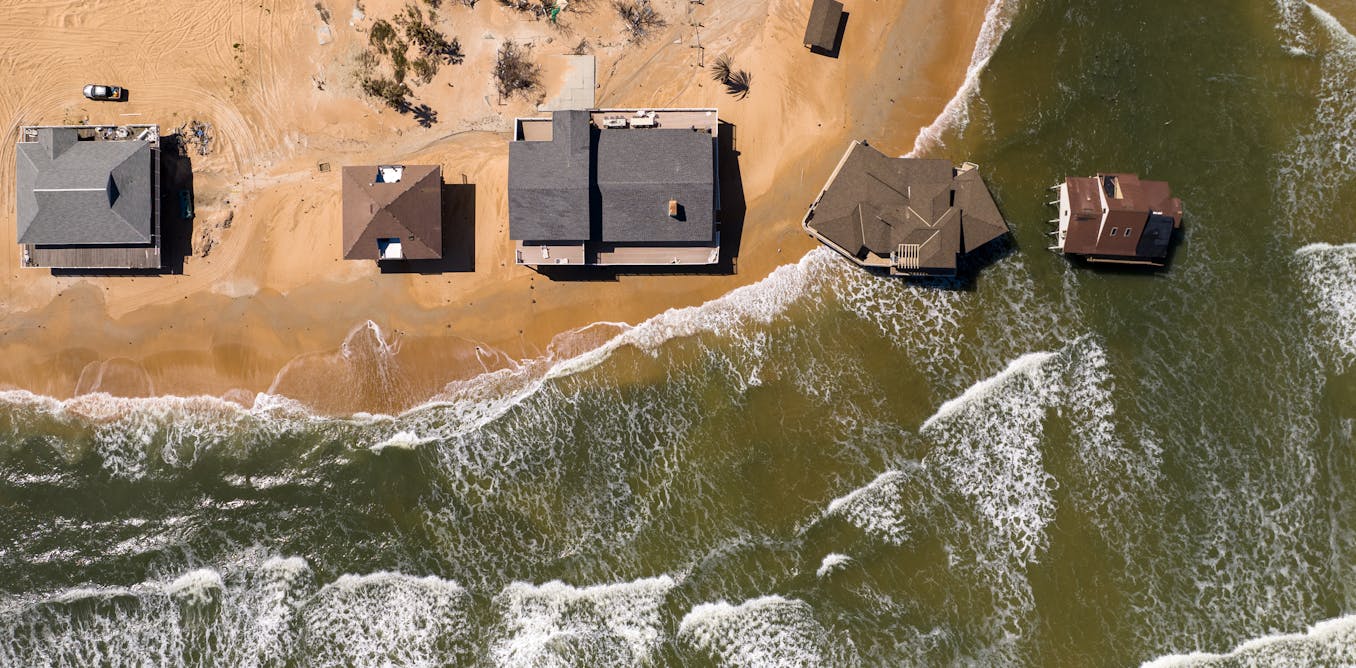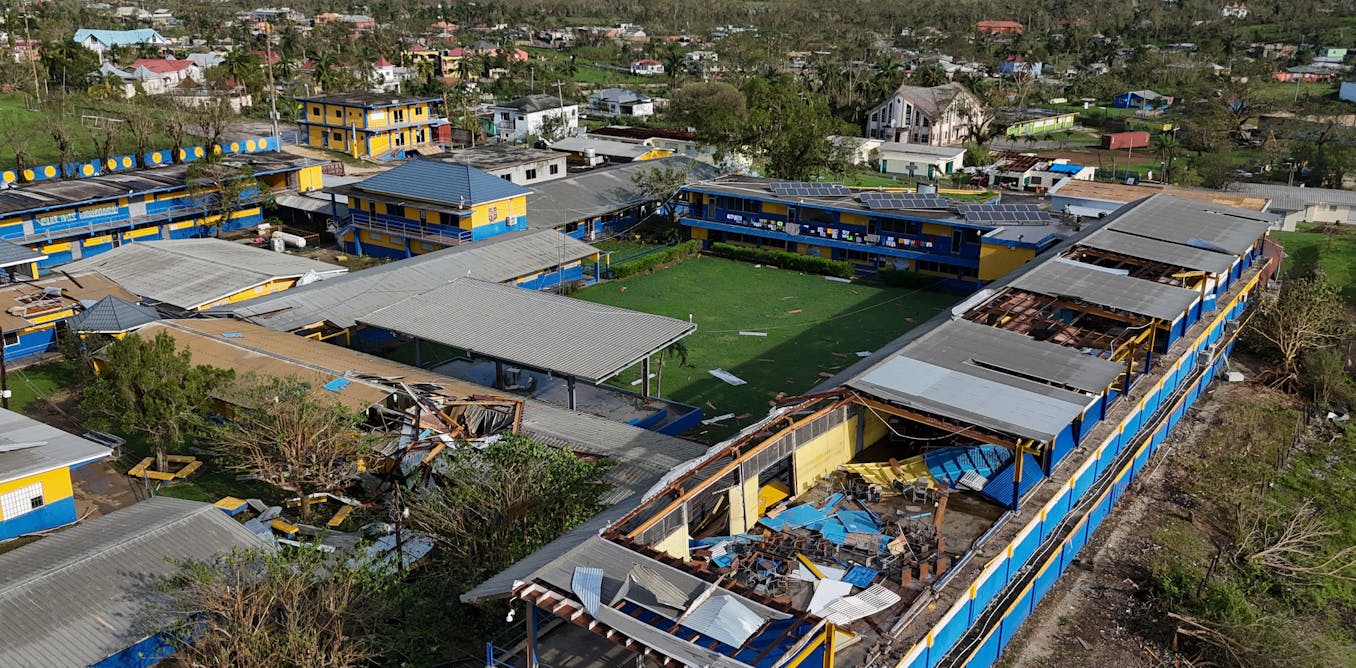Elon Musk appeared to win the battle, and the war. Tesla’s vast Supercharger network had crushed rival automakers, forcing a surrender: Adopt Tesla’s North American Charging Standard, or lose customers frustrated with a balkanized, often-unreliable Combined Charging Standard (CCS) network.
But even as Ford and Rivian began sending free Tesla adapters to its EV owners, Musk seemed to kneecap his acclaimed creation: In late April, the CEO fired all 500 members of his Supercharger team, apparently in a fit of pique. The mass firings came as Musk turns his attention to AI and autonomous vehicles as the future of Tesla’s suddenly dwindling profits. After analysts and investors sparked a fierce backlash, Musk changed his mind, saying he would rehire some of the Supercharger team.
Some infrastructure experts are sounding alarms. Musk’s unpredictable moves, they say, highlight a potential leadership vacuum in charging, one that governments or private entities may be poorly equipped to fill. Musk’s actions also expose a truth that continues to hamstring EV adoption and its critical role in stemming climate change: No company, including Tesla, has cracked the code to make charging a profitable, sustainable business.
“None of it makes sense,” said Chris Nelder, an energy infrastructure expert and host of The Energy Transition Show podcast. “But I’m no longer surprised. People should be terribly concerned that there’s this erratic, disgraceful person that everyone is counting on to make this EV revolution work.”
“This chaos only slows down the charging industry.” —Chris Nelder, The Energy Transistion Show
Most recently, Musk insists Tesla will continue to expand a network that, as early as 2012, became the envy of the automotive industry as it offered to unlock long road trips for otherwise leery EV purchasers. “Just to reiterate: Tesla will spend well over [US] $500 million expanding our Supercharger network to create thousands of NEW chargers this year,” Musk wrote on X on 10 May.
Who will maintain the charging infrastructure?
Yet former employees confirm that some Supercharger projects are being stalled, sites cancelled, and construction teams dismissed. A former Supercharger project manager told IEEE Spectrum that Tesla’s claimed 99.9 percent station uptime—which in reality, he said, is closer to 95 to 98 percent—could drop due to lack of oversight.
“If it becomes a problem when people can’t find enough stalls, or stalls aren’t working, you’re going to have to build this team up again and go back to scale,” said the former manager, who asked to not be identified publicly.
Tesla’s roughly 2,250 Supercharger stations, with about 25,000 total stalls, represent about 60 percent of DC chargers in the United States. Those chargers automatically send notifications for internal glitches. But regular Supercharger vandalism, including thieves stealing copper wiring, requires human monitoring. “If the team is gone,…
Read full article: Musk’s Whiplash Spells Chaos for EV Charging

The post “Musk’s Whiplash Spells Chaos for EV Charging” by Lawrence Ulrich was published on 05/20/2024 by spectrum.ieee.org










